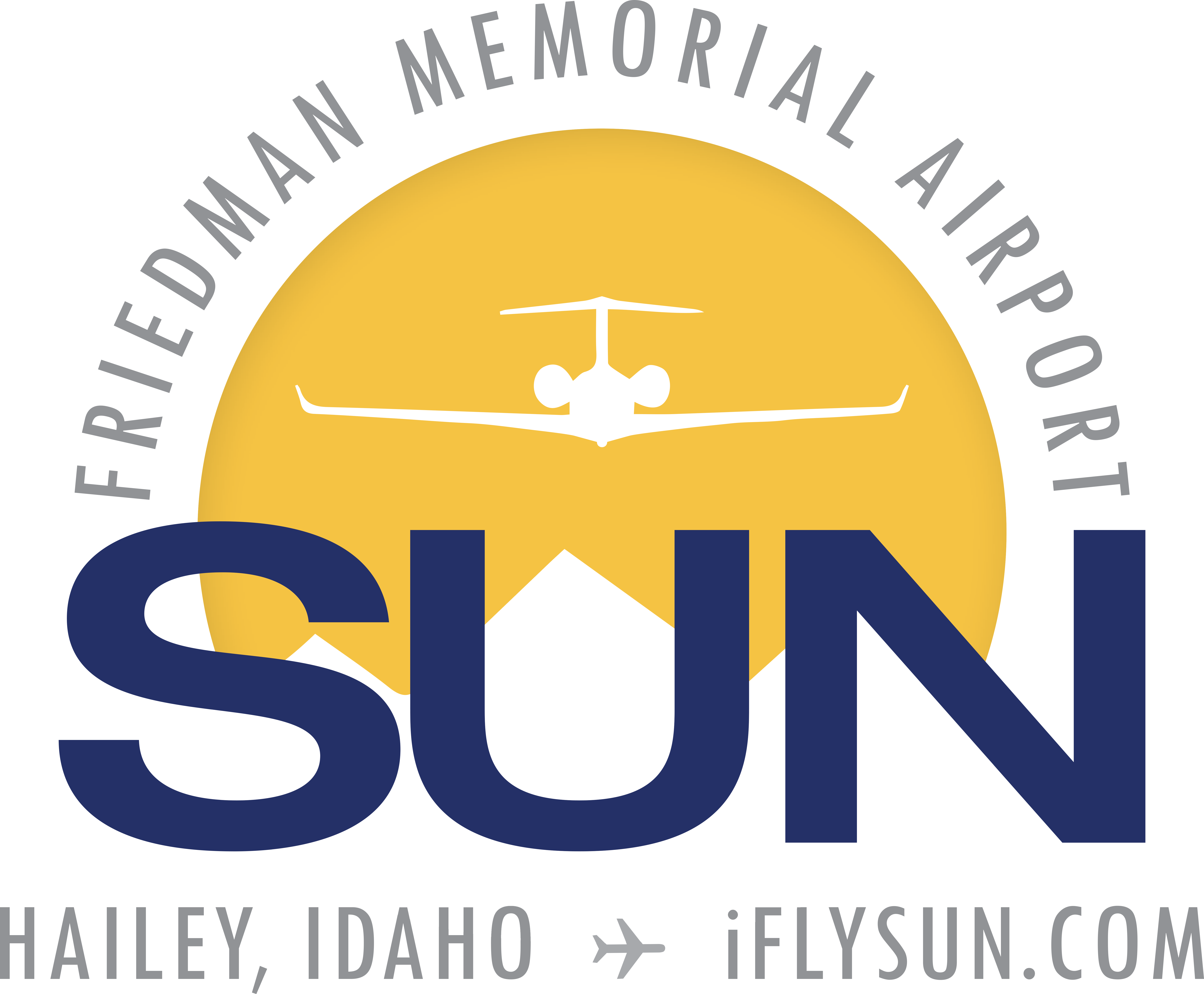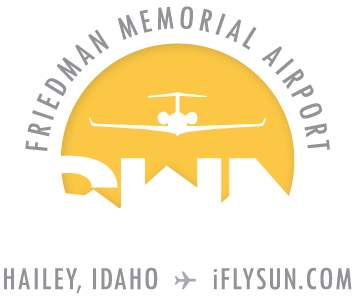
When snowmaking was first being developed on Bald Mountain in the 1970s and early ’80’s, Sun Valley Company contracted a Colorado cloud seeding company in their efforts to provide a reliable opening on Thanksgiving and ample snowfall for their guests. The company operated a small twin-engine Piper Seneca I, which was temporarily based at SUN in mid-October.
During that time, high-pressure domes and lack of snow were persistent over the Intermountain West for several winters. Heavy fog and haze blanketed the lower valleys throughout the Great Basin, crippling airports for long periods of time. For weeks, months, and more, many commercial airports from SLC to RNO and BOI, MSO to IDA and POC remained below approach minimums; instrument flight rules (IFR) with less than a 200-foot ceiling or less than half mile visibility in fog, smoke and haze. In pilot terms, this meant being in the ‘soup’ daily.
Flights departing from lower valley airports like TWF and BOI (possibly in near 0/0 visibility) broke out above the fog into crystal clear skies only 500 to 1000 feet above ground level (AGL). With few safe options of landing within a 200 nm radius, except possibly at SUN, a visual flight rules (VFR) mountain airport. SUN actually became a commonly used Alternate Airport as required for Flight Planning while it stood above the fog and haze. SUN’s hourly weather observation and the forecast was nearly consistent; clear skies with unlimited visibility and a fog bank south at Timmerman Hill. From Bald Mountain, and a pilot’s perspective, the Wood River Valley was a beautiful island in a sea of never-ending fog. Can you imagine, ironically, your flight to Idaho Falls, Twin Falls, or Boise being diverted into SUN; only to have to drive from Hailey to Idaho Falls, Twin Falls, or Boise? It happened in Sun Valley!
The key ingredient in man’s Cloud Seeding attempt is ‘Cloud’, only produced by mother nature. Not to be confused with fog, a ground-based obscuration. Fertile high clouds for seeding over Baldy were rare during these relentless high-pressure temperature inversions. It may be 20 degrees in Twin Falls and 40 degrees on top of Mt. Baldy. ‘Sun Valley’ lived up to its name in those days, however, you may have spent more time on your ROCK SKIS, instead of your brand new Hexcel or Volkl skis, as the cloud seeding efforts seemed unreliable at best.
In the clear beautiful blue skies above Bald Mountain skiers enjoyed gliders from Friedman Airport performing slow gracious loops, chandelles, spins, and lazy eights over the Bowls. Skiers were thrilled by low passes over and down College and Ridge or while having a picnic lunch at the top of Rock Garden or Lower College. You may have even observed a low pass, ‘Baldy Buzz’ if you will, from a Japan Airlines 747.
Sun Valley was first in the World with the chair lift and first again with the development of major modern snow making capability. Thus, the dependable opening day and long ski seasons we enjoy now. Though never proven, ironically, towns and cities in Eastern Idaho claimed they were negatively impacted with too much snowfall caused by Sun Valley’s cloud seeding efforts during those years.

